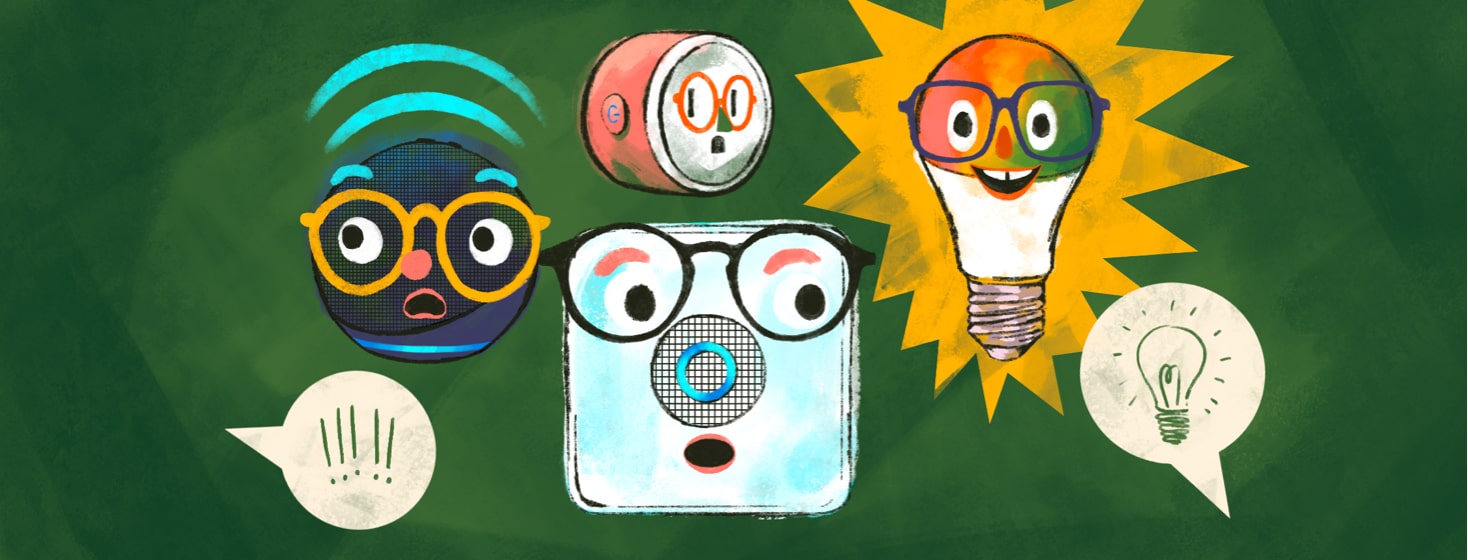Smart Independence
As an independent disabled adult, one of my fears is that I will be alone with a caregiver and the caregiver will have an emergency and I will be unable to help.
Fear of being unable to get help in an emergency
Over the last year of COVID isolation, I remember reading several articles of people passing away because their caregivers died and they had no way to get help. The thought of something like that terrifies me.
Last week, my full-time carer fell while helping me to my desk. She had my phone in her hand because she was carrying it for me.
I felt helpless as I watched in slow motion as she fell knowing that if she severely hurt herself, I would not have my phone in reach to help. Luckily, she was just a bit bruised and was fine.
Access to smart alerts when needed
I was secure knowing that because of the systems I have in my home that are set up for smart alerts when I need them, I could get help for her over my smart house equipment without my phone.
When I moved into my home, I knew that it would be a possibility that I would have long stretches of time where I would be alone with no one around and no one checking on me. I decided when I moved that I would invest in smart home equipment to help in my daily life and most importantly in my safety and security.
How I set up smart systems in my home
I researched the most affordable solutions as I was on a fixed budget of what I could spend preparing my home for habitation. I decided that I would go with the Amazon Alexa system because the Echo Dot was so affordable.
Another SMA-related organization, CureSMA, had provided me with a full-size Echo system as well as a few smart plugs in a care package so I had a start on automation in my home before I moved in.
I decided on buying a Ring security system because it linked into my existing smart home equipment and it allowed me to have a Ring Doorbell Camera so I could always see out the front door no matter if I was alone or not.
I opted for another camera, one in the living room that shows the entrances to my home as well as my major hallway that goes into the rooms. I use the camera when I am away or at night because it can be triggered by movement.
Smart switches and outlets
As my home was being built, an electric supply company from Norman, Oklahoma, Meyers Electric, donated to my Habitat for Humanity home Leviton smart switches for my lights and ceiling fans and smart outlets to help in further automating my smart home, but that is another story I will tell.
The switches can be touchy and need to be reconnected to wifi a few times a year, but it is really nice to be able to turn on and off my overhead light and fan anytime with my voice or an app on my phone.
I would consider installed switches and outlets to be more of an advanced smart home feature, but for those starting out, the Alexa products would be very easy to acquire, connect and use.
An Amazon Alexa Dot, Amazon Smart Bulbs, and Amazon Smart Plugs can be added to any existing equipment to make them smart and I would suggest that anyone with mobility issues looking for a bit more independence should invest in some of these things. It’s smart to have as much independence as possible.

Join the conversation